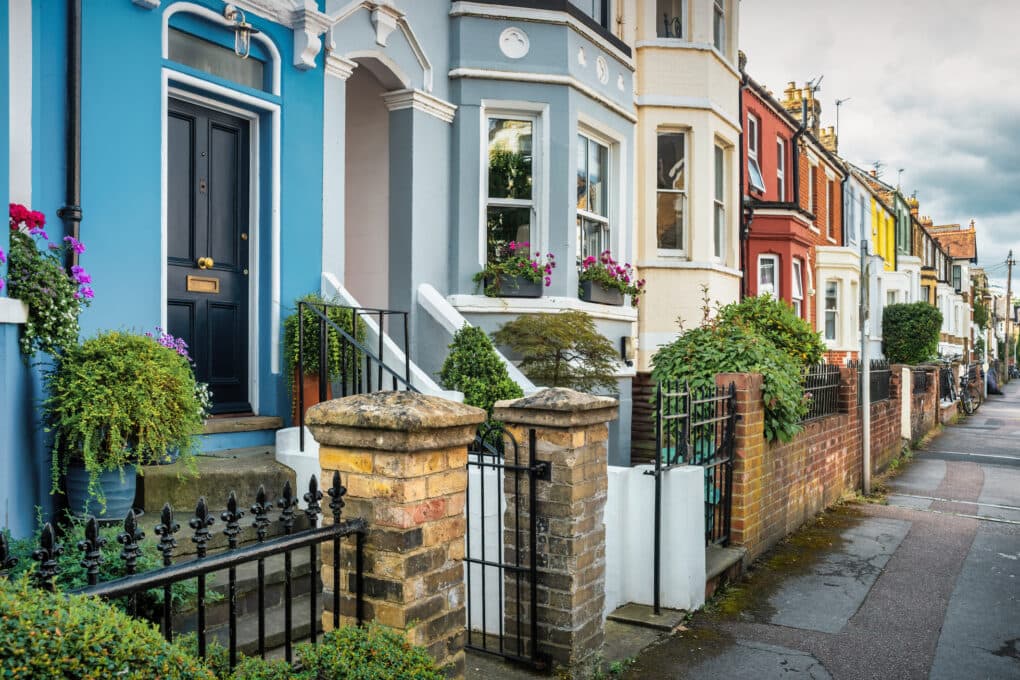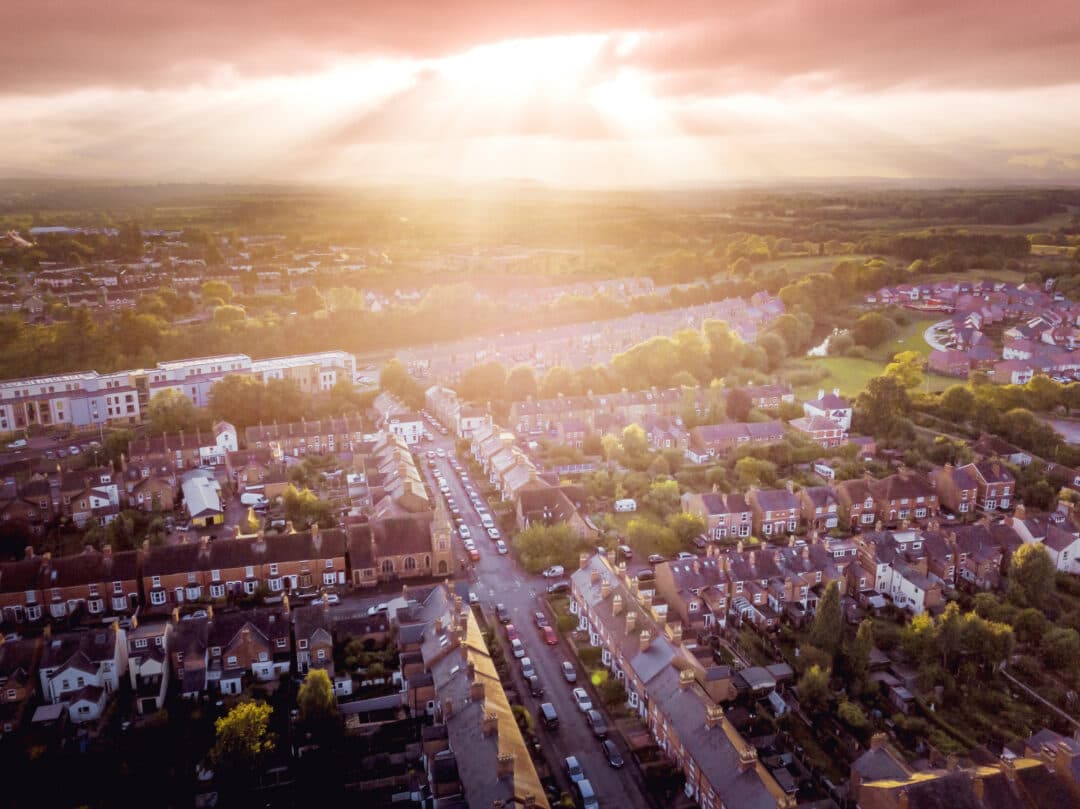A potted history of landlords

How did being a landlord come into existence? You have to travel back in time to 1066 to find an example bearing a resemblance to the concept we know today. It was the period between Anglo-Saxon rule and the Middle Ages when being a ‘lord of the land’ became prevalent.
Digging deep into the history vaults, William the Conqueror decided that land – who owned, managed and lived on it – was a crucial part of being in control, and the Norman Feudal System was born.
Lords of the land in 1066
After claiming all of England’s land for himself, William split around 55% of the country between 170 barons, making them effectively ‘lords of the land’. Despite their title, the barons actually became ‘tenants in chief’ and were land managers as opposed to land owners.
The barons granted some of their land to ‘under tenants’ who, instead of paying rent in money, promised to supply the king with knights when he needed them. The process didn’t end there, however. The ‘under tenants’ would then rent the land to peasants. Some repaid the land privilege by providing labour services (serfs), while others paid money for the land as a modern-day tenant would.
Subletting of land stops in 1290
It was the signing of the Magna Carta in 1215 that transformed land ownership and laid down the legal system that still shapes property sales in England and Wales today. In 1290, two statues – Quia Emptores and Quo Warranto – banned subinfeudation. This was the act of letting out parcels of land upon a feudal tenure. In plain English, the statute outlawed the repeated subletting of land between lords, barons and tenants – a process that was very open to corruption and abuse – signaling the end of the feudal system.
Estate of affairs in the 16th century
It wasn’t until the 16th century that capitalism took hold and the landlord-tenant relationship as we know it today was born. More straightforward than under the feudal system, a landowner would build a property and charge the inhabitants a set fee to live there, with no middle men involved. The rich from more urban areas invested heavily in rural villages. They became estate owners in the process, building rental property empires to house the staff that worked the land and served the manor houses.
City landlords thrive in the 19th century
A shift away from the ‘lord of the manor’ landlord came with the Industrial Revolution in the 19th century, when farming returns declined and workers were drawn to cities. Land in towns and cities was still owned by Dukes and Earls but as the need for workers in factories, mills and on the newly-developed railways increased, so did the need for housing.
New landlords came in the shape of companies. Some, such as confectioner Joseph Rowntree, built with a social conscience but many cheaply constructed then rent out sub-standard properties to its workers for high fees. The unsanitary conditions led to many rental properties being labelled ‘slums’ and it wasn’t until a cholera outbreak in 1849 that living standards were improved.
Post-war Acts revolutionise lettings
Private landlords remained firmly in control right up until World War I, when it’s reported that 90% of the population rented their homes. The 20th century did bring about change, as those in power linked poor living conditions with poor health and wellbeing. The first Rent Act was passed during the First World War (1915) as a “temporary” means of preventing landlords from exploiting the increased wages of munitions workers.
The Housing and Town Planning Act in 1919 quickly followed, also known as the “Addison Act”. It ushered in the era of state-owned council housing and as a result, returns for private landlords diminished and many left the sector.
1980s: lows then highs for landlords
The private rental sector’s success was further dented in the following years, when any remaining private landlords gained a reputation as ruthless, money-grabbers who exploited tenants. The issue was compounded in the 1980s when Margaret Thatcher’s Right to Buy scheme (officially known as The Housing Act 1980) gave five million council house tenants the ability to buy the home they lived in at a reduced price. As a result, only 7% of the British population privately rented their homes by 1991.
Perversely, it was Margaret Thatcher’s Government that reinvigorated the private rental market in the same decade. The introduction of the Assured Shorthold Tenancy (AST) in 1988 was a turning point, together with the removal of profit-curbing rent controls, the ability for landlords to rent at market rates and new mechanisms for landlords to recover their properties – details contained in two important housing acts: the 1988 Housing Act and the 1996 Housing Act.
The changes, together with a growing population and decade-long property boom – encouraged more people into lettings. ‘Buy-to-let’ became a friendly phrase that tempted ‘man on the street’ to invest in a single property, while confidence grew to build property portfolios.
21st century & over 2 million landlords
Today, property remains a solid long-term investment and is used by many as an alternative investment strategy to traditional pensions, ISAs, stock and shares. In fact, HMRC says there are over 2.65 million landlords in the UK and it’s forecast that privately rented property will make up 25% of the total housing market by 2025.




